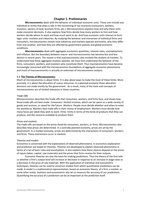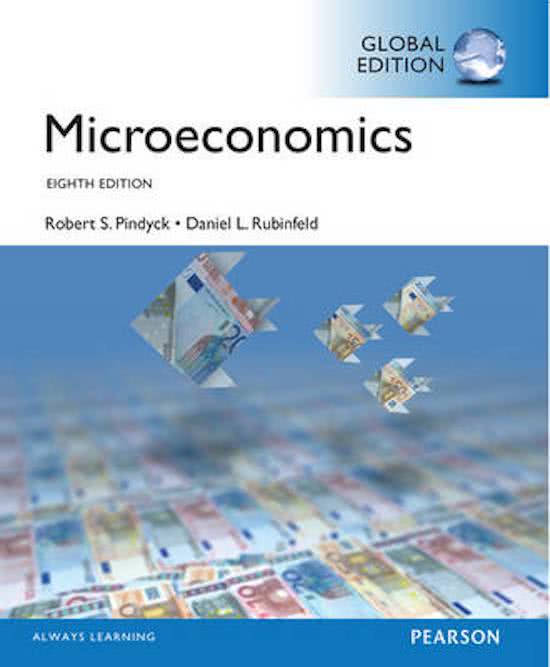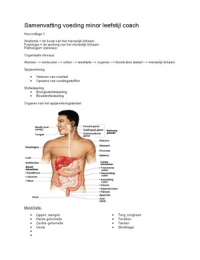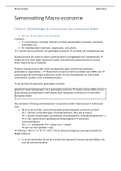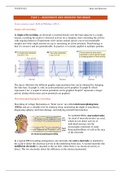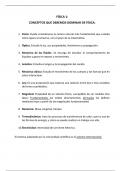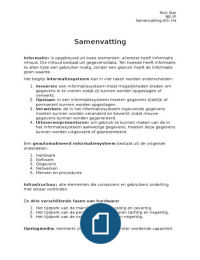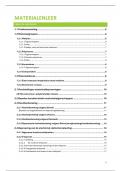Samenvatting
Summary Microeconomics
- Instelling
- Universiteit Utrecht (UU)
Extensive summary of the first year bachelor course microeconomics at UU. It is written entirely in English. It also includes a summary of the article "What Is Institutional Economics About?"
[Meer zien]
